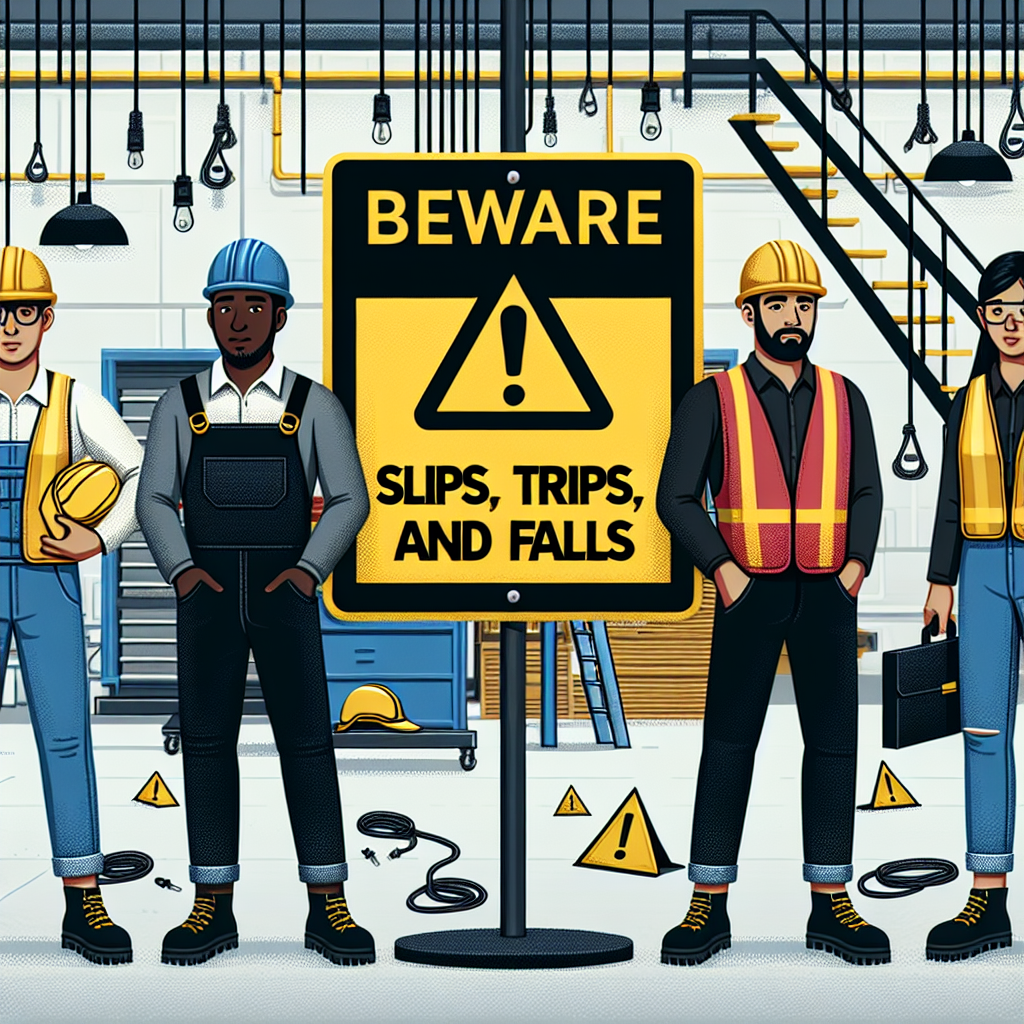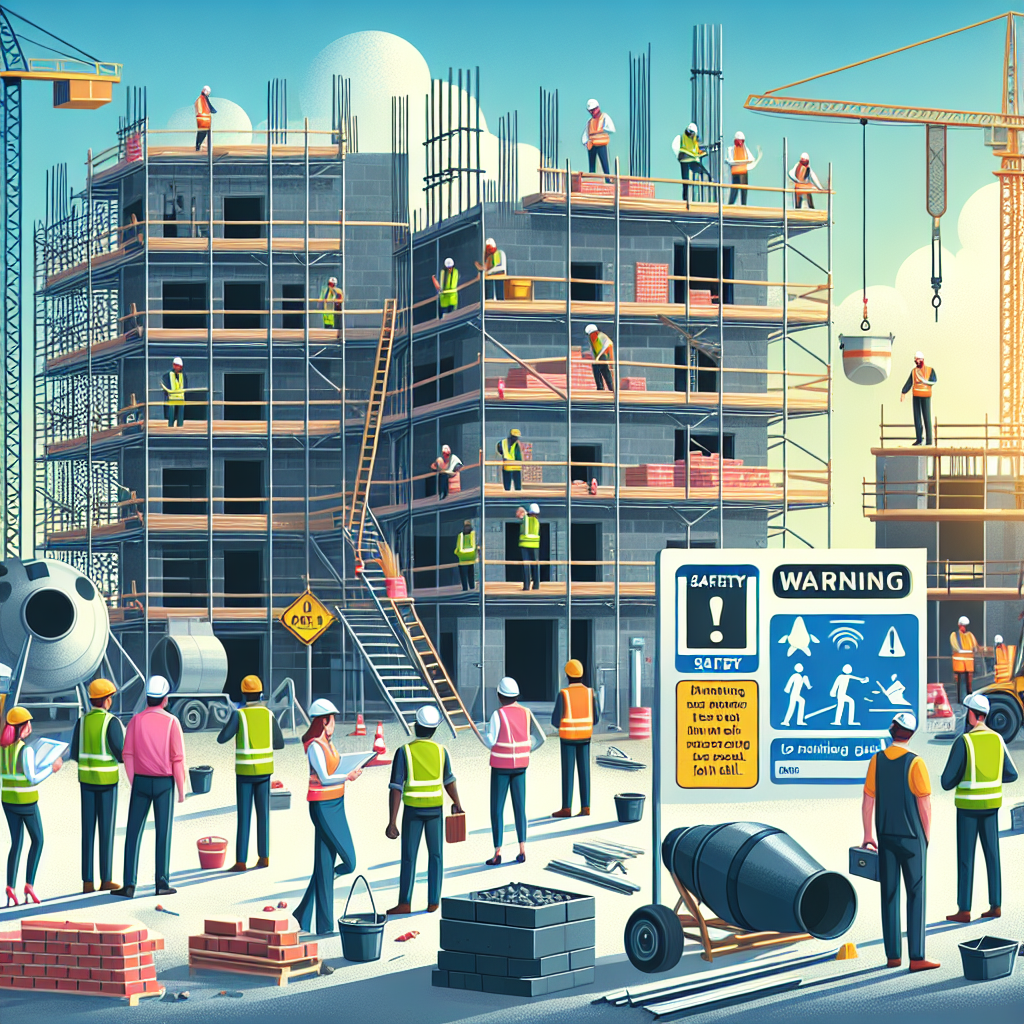Fall Injuries in the Workplace: A Growing Concern

Workplace safety is a critical concern for both employers and employees. Among the various hazards that workers face, fall injuries are a significant and growing problem. According to the Occupational Safety and Health Administration (OSHA), falls are one of the leading causes of workplace injuries and fatalities. In this article, we will explore the causes and consequences of fall injuries in the workplace, as well as discuss preventive measures that can be implemented to ensure a safer working environment.
The Causes of Fall Injuries
There are several factors that contribute to fall injuries in the workplace. Some of the most common causes include:
- Slippery or uneven surfaces: Wet floors, loose rugs, or uneven walkways can increase the risk of falls.
- Lack of proper safety equipment: Insufficient or poorly maintained guardrails, handrails, and harnesses can lead to serious accidents.
- Poor lighting: Inadequate lighting can make it difficult for workers to see potential hazards and increase the likelihood of falls.
- Improper footwear: Wearing inappropriate footwear, such as high heels or shoes with worn-out soles, can impair balance and stability.
The Consequences of Fall Injuries
The consequences of fall injuries can be severe, both for the individuals involved and for the companies they work for. Some of the potential consequences include:
- Physical injuries: Falls can result in broken bones, sprains, concussions, and other serious injuries that may require extensive medical treatment and rehabilitation.
- Financial costs: Workplace falls can lead to increased healthcare expenses, workers’ compensation claims, and potential lawsuits, which can be financially burdensome for both employees and employers.
- Productivity loss: When workers are injured, their absence from work can disrupt productivity and place additional strain on their colleagues.
- Reputation damage: Companies with a poor safety record may face reputational damage, which can impact their ability to attract and retain talented employees and clients.
Preventive Measures
Preventing fall injuries requires a proactive approach from both employers and employees. Some effective preventive measures include:
- Regular safety inspections: Conducting regular inspections to identify and address potential hazards can significantly reduce the risk of falls.
- Proper training: Providing comprehensive training on workplace safety, including proper use of safety equipment and techniques for navigating hazardous areas, is crucial.
- Clear signage: Placing clear and visible signs to indicate potential hazards, such as wet floors or uneven surfaces, can help prevent accidents.
- Appropriate footwear: Encouraging employees to wear appropriate footwear with slip-resistant soles can enhance stability and reduce the risk of falls.
Summary
Fall injuries in the workplace pose a significant threat to the well-being of employees and the success of businesses. By understanding the causes and consequences of these injuries, employers can take proactive measures to create a safer working environment. Regular safety inspections, proper training, clear signage, and encouraging appropriate footwear are just a few of the preventive measures that can be implemented. By prioritizing workplace safety, companies can protect their employees, reduce financial costs, maintain productivity, and safeguard their reputation. Together, we can work towards a safer and more secure future for all workers.







